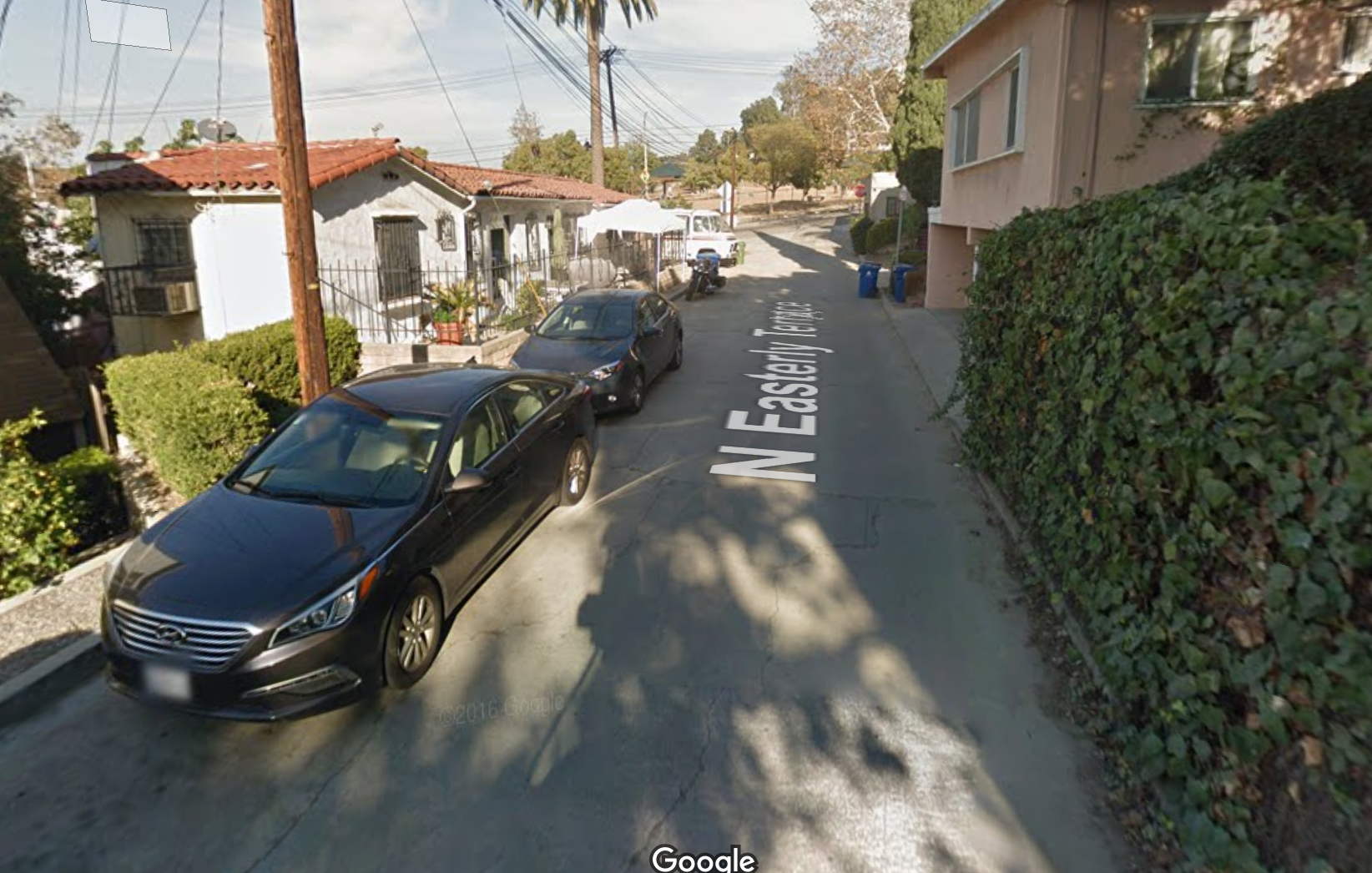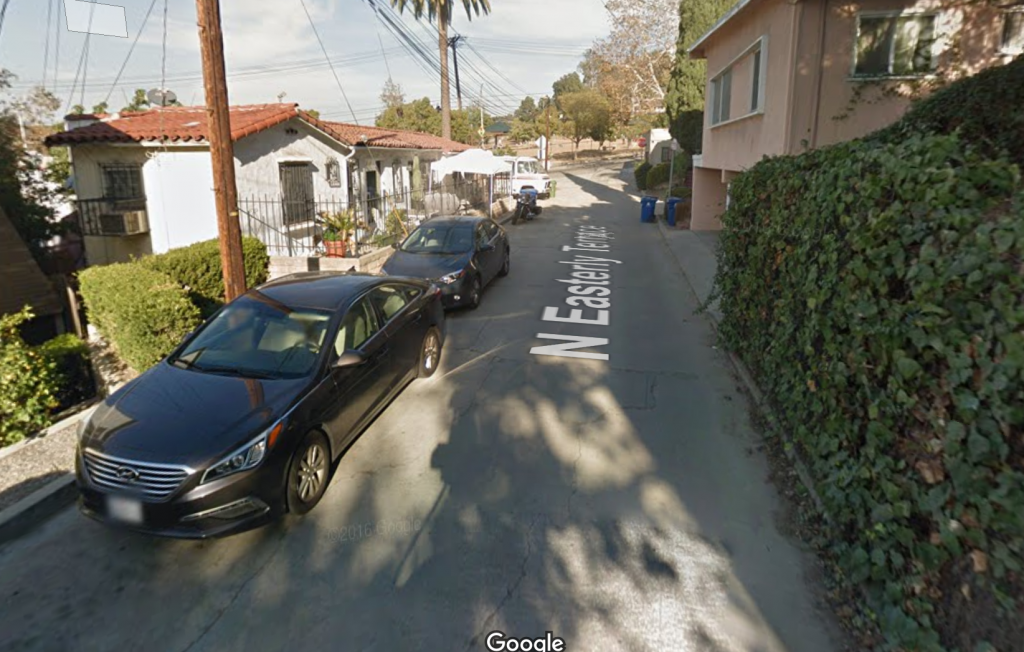Two days after my most recent ultramarathon and I was walking down the street wondering whether or not I care if people can tell I’m on the brink of crying. Always the worrier, I think about the outside world’s perceptions rather than how I’m actually feeling. Should I stuff it in? Should I just let it come and forget what people think after all?
Depression after something big in a person’s life is oh-so-common (searches for postpartum depression on Google have been depressingly stable for 14 years), and the post-event kind even has a name: Post Project Depression. Mental health professionals, from what I’ve seen, tend to call it the “blues” rather than use the formal D word, likely to help destigmatize the condition but also perhaps because they’d rather not say anyone is an actual Depressive unless they are diagnosed by—you guessed it—a mental health professional.
Post-project depression is seen sometimes as “subclinical” in nature. It’s something that gets noticed by those suffering but you still don’t check all the psychological boxes needed for a formal diagnosis.

Super weird cover of book on melancholy from the 1500s, from Wikimedia Commons
Post-Ultra Depression and Clinical Depression: Related?
True to my nerd roots, I have wondered if this post-event “blues” has some connection to a propensity for what I’ll call capital-R Real depression, also known as Major Depressive Disorder. Meaning, clinically diagnosed and fitting all the patterns of the American Psychiatric Association’s list of qualities. Those that have clinical depression are often helped, sometimes immensely, by regular exercise like running. (I imagine that has a lot to do with body motion and hormones but also being out in the daylight.) However, what about those that might have mild undiagnosed depression—or no depression at all—and find the post-ultra blues slightly contradictory to getting out and doing yet more exercise?
As is true with many things in the body, the mechanisms are complicated and intertwined. After a long bout with huge spikes in excitable hormones like adrenaline and norepinephrine as you might experience in the 10, 12, 18, 30 hours of an ultra, there has got to be some physiological payback. It’s like taking your favorite t-shirt that you wear gently every day, and sending it through an industrial car wash over and over again. That t-shirt is going to display some obvious signs of wear and stress and fatigue, both visibly in color as well as below the surface in the strength of the fibers and the resilience of the cloth. Your body, after an ultra, has a massive spike in all kinds of “bad” things like cortisol, cytokines, other stress hormones. Those, coupled with a change in training load (like maybe down to zero for many days in a row), are going to have an effect on your general state of wellbeing.
I’m curious about this potential overlap between the symptoms of the “blues” vs. clinical depression in different kinds of people. Little by little, endurance athletes—ultrarunners, too—have come out publicly with their personal major depression stories and how it has affected or been influenced by their athletic careers. But having clinical depression of the Rob Krar or Nikki Kimball variety could be utterly separate, or somewhat related to, the post-event blues that many of us feel. Personally, I’ve felt all my life that I tend towards the melancholy but have not been diagnosed by a psychiatrist. On the other hand, I’ve always been an athlete. Might the lifelong endurance activities be keeping my theoretical clinical depression at bay? Or am I just utterly normal: feeling emotionally destroyed after long races (albeit at a higher intensity that I see in friends) but then eventually getting some mojo back and signing up for the next thing on the calendar?

Melencolia illustration by Durero, from Wikimedia Commons
Clearly I think about this, time and time again. After all, I wrote about this almost exactly three years ago, after the exact same race: https://andreaworks.wordpress.com/2015/02/21/post-ultramarathon-funk-and-how-it-sucks-balls/ And it does not really go away; if anything, this experience seems to become stronger and more obvious after each long event. I take that as a sign that I can learn more and manage it in the future, or at the very least be prepared to go lightly on myself during those days.
What Post-Ultra Depression Actually Feels Like
The best description as I’ve experienced it is that of Mild Despair and Melancholy. The thoughts during those hours and days lean towards the pessimistic, like “what was it that I just did? why, exactly, did I do that? I spent *how* much money on that? does anyone care? do I care?”. Things don’t progress to the point where I can’t get out of bed in the morning (though noon-hour pajamas are not uncommon). And they don’t progress to the point that I cancel upcoming plans or quit running altogether for days or weeks. Even I know that that will make me feel even worse. Not to mention completely mess up my “digestion” (having a post-coffee morning poo is about the best thing ever).
In reality, those sidewalk episodes like mentioned earlier last minutes to hours, and that’s manageable. But they do still come during ebbs and dips in mood that are almost like clockwork in the days and weeks after hard endurance efforts. I felt this way during and after the Colorado Trail, an “event” 26 days long and therefore having plenty of time for ups and downs. I feel this way, sometimes, during training. And I expect that the little black puppy will start stepping on my toes just a few short days after any ultra race, or after any hormonal swing. It’s only natural, after all.
Someone shared with me a video that gets to the heart of the fabled ‘black dog’ of major/clinical depression. It’s a great overview for those who don’t suffer, told from the perspective of someone who is not only affected by depression but they are ashamed of it and fearful of being found out.
With all of the newish and thoughtful writing being done on depression and mental health in general, I think we as a culture are progressing. Even network TV shows are taking on lead characters with psychiatric disorders and treating them like genuine and interesting humans rather than quirky sidekicks just there for a joke. Bravo, Maria Bamford!
I hope that with my post, with earlier writings, and with the help of open and wonderful folks like Rob Krar and Nikki Kimball, I hope the shame aspect is going to fade. These days it seems like the idea of going to a therapist is totally normal, where just a decade or two ago it was an eyebrow-raiser. Same thing with tattoos: used to be “acceptable but a little out-there”, now are completely normal and sometimes in your face. Let’s make depression and mood issues of all kinds be IN. YOUR. FACE. There’s no shame in feeling sad, or feeling nothing, and not knowing why or how to change it. Change toward getting better almost always has to start with open acceptance.
But What Should I Do After My Event?
Other than the usual advice to rest, sleep well, and take a lot of walks, there’s more you can do for your brain. A mental re-framing of the whole situation is valuable here: those “bad” stress hormones that pile up after an event? It’s probably better to think of them as recovery hormones. They are what your body is doing to repair what you just endured. Don’t hate the cast on your broken arm for its weight and inconvenience: treat it gently and respect it for what it is doing for your bone.

Photo By Cameron Parkins, via Wikimedia Commons
[P.S. This post was at least somewhat bolstered by reading Brad Feld’s take on his only ultramarathon and the emotional fallout afterwards. Feld writes often about depression and, in addition to being a good writer with interesting things to say about technology, he is an open advocate for more discourse and less shame about mental illness, particularly depression. Thank you, Brad.]

